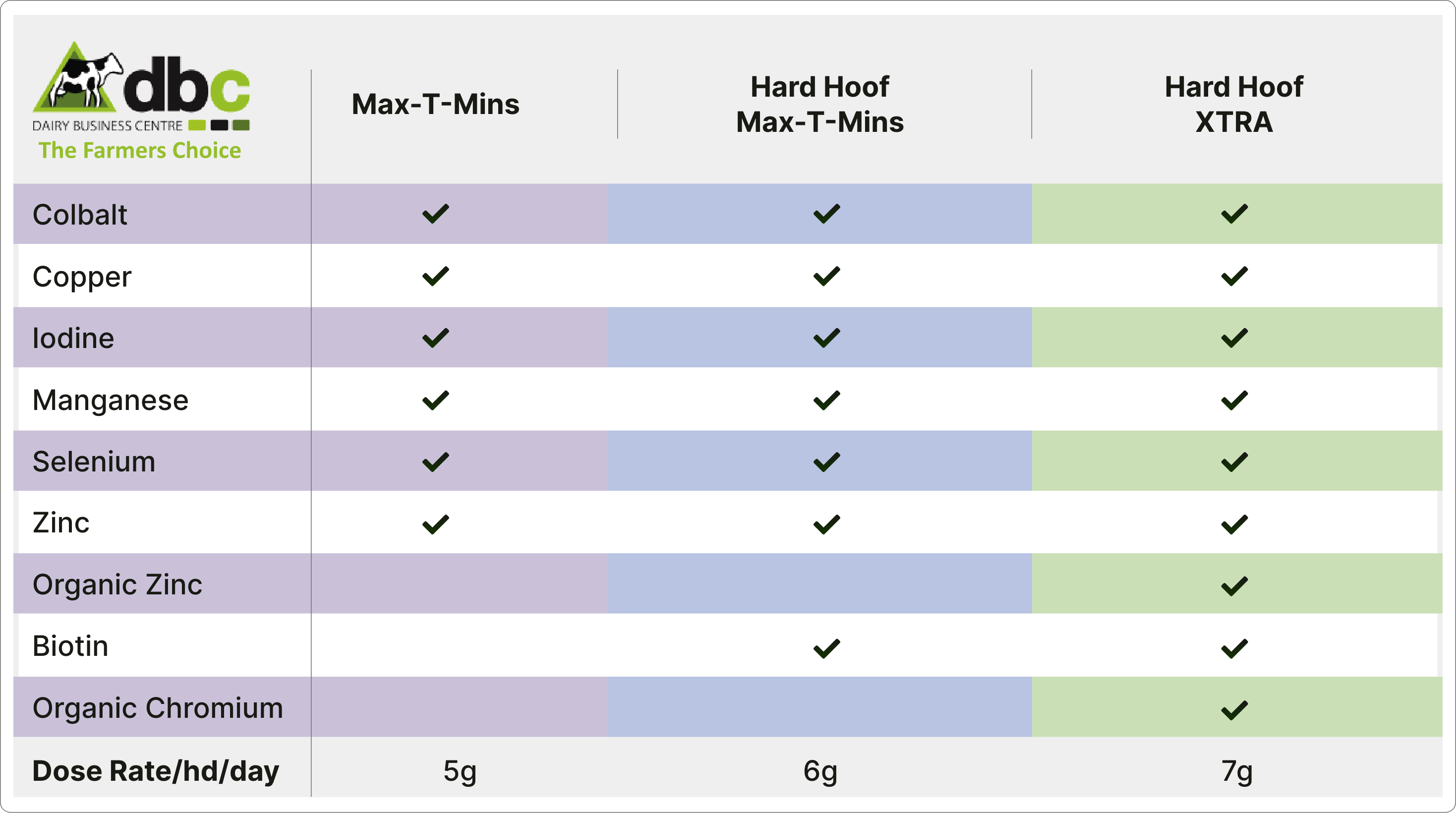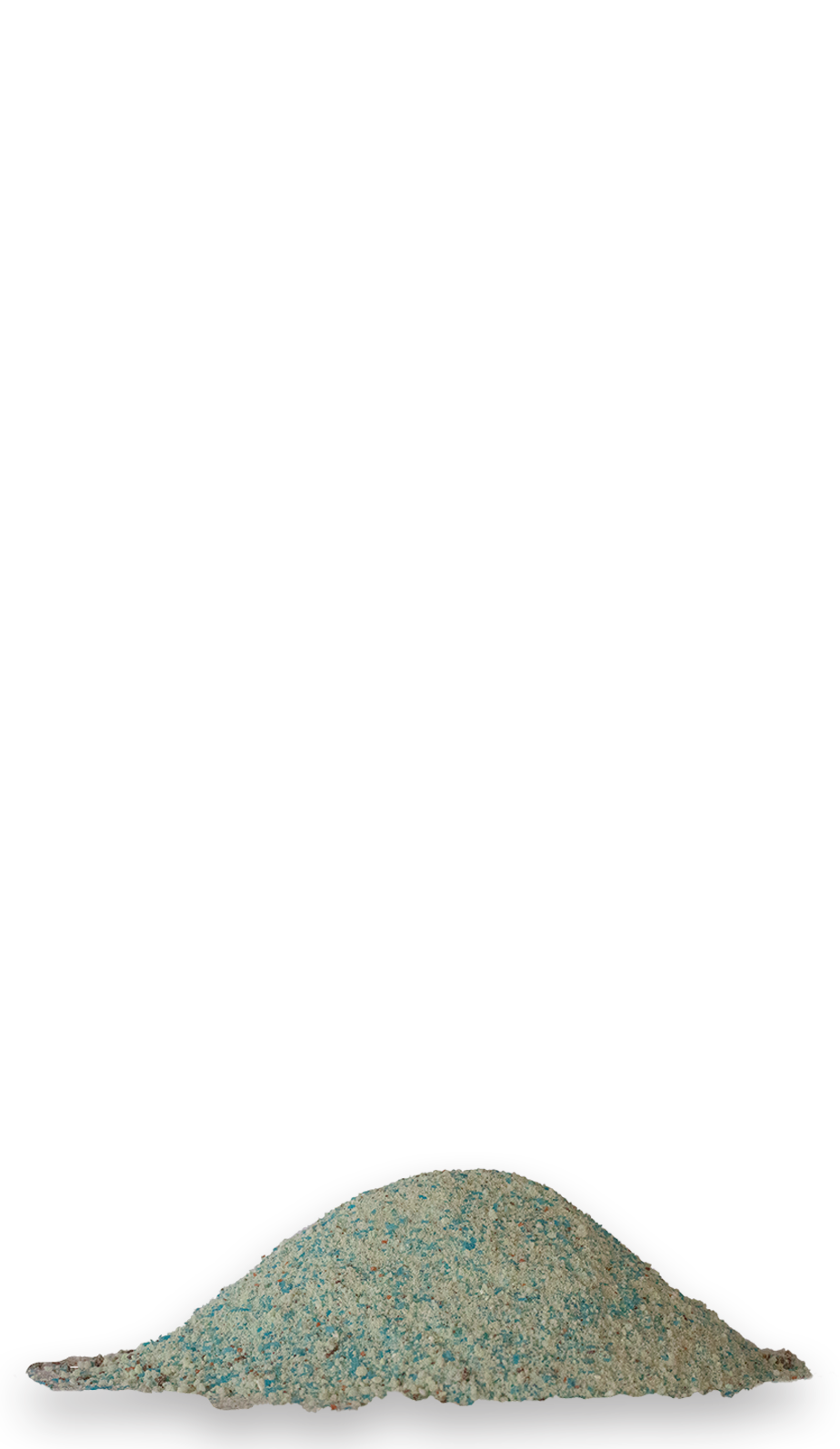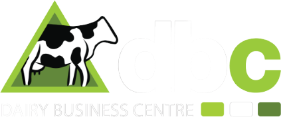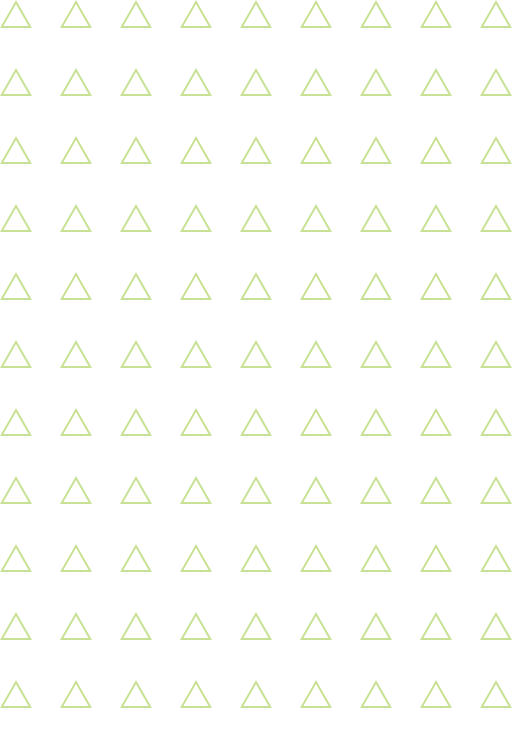The Benefits of Proactive Mineral Supplementation
Investing in the right mineral supplementation program can lead to:
- Improved milk production and quality
- Enhanced fertility and reproductive success
- Stronger hooves and reduced lameness
- Better immune function and disease resistance
- Increased energy efficiency and metabolic health.
All DBC minerals are formulated with minerals at the proper dose rate to meet stock requirements, exceeding many competitor formulations.
Whether you need a foundational trace mineral solution (Max-T-Mins), enhanced hoof support (Hard Hoof Max-T-Mins), or the most comprehensive hoof and metabolic health solution (Hard Hoof XTRA), we have the right option for your herd’s needs.
Contact us for expert advice on choosing the best mineral program for your herd.


Max-T-Mins is a water soluble, multi mineral, trace element mix specifically formulated to optimise herd health and performance.

Hard Hoof Max-T-Mins is a water soluble multi-mineral, trace element mix specifically formulated to support herd health and performance – with an additional focus on hoof health.

Hard Hoof XTRA – is an extension of our Hard Hoof Max-T-Mins that also includes Organic Zinc Propionate and Organic Chromium Propionate.






